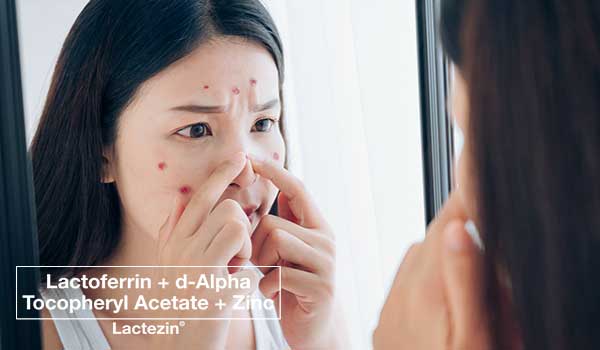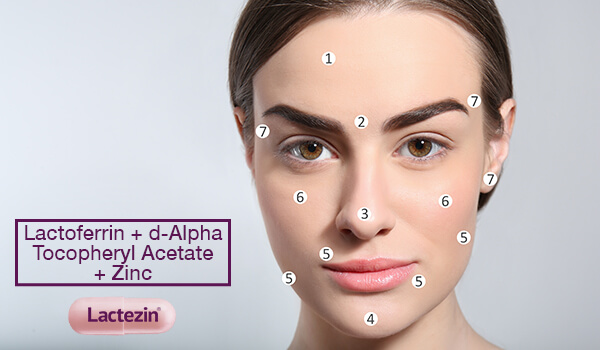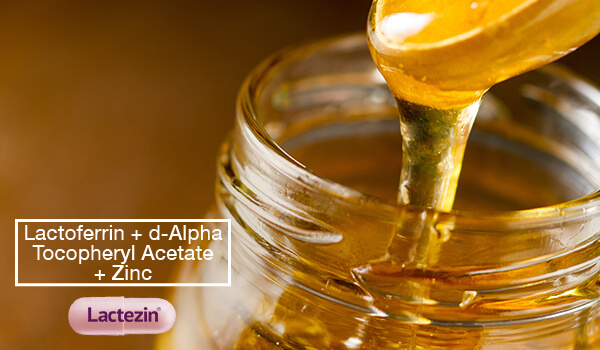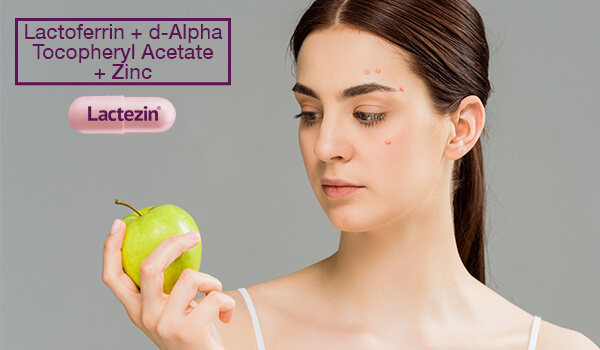Pimple Treatments for Pimples that Won’t Go Away

Pimples can last up to as long as six weeks. Beyond that, it can be frustrating. While they aren’t dangerous, pimples can be painful and could affect an individual’s self esteem. Take control. Read on for suggestions on pimple treatment along with a few good-to-knows on the causes and types.
Pimples: the Known Causes and Types
Also known as spots and zits, pimples result from when sebum, dirt and dead skin cells are trapped within clogged pores. While this may be the root cause for pimples, there are more specific causes for pimples that stay longer than the usual six weeks.
Stubborn, Inflamed Pimples? It Could Be Any of These!
Don’t squeeze that pimple! When simple pimples from clogged pores are irritated either by bacteria, they worsen and develop into inflamed pimples. To help you choose the best pimple treatment for you, it would be helpful to understand what type of pimple you have. These are the four main types of inflamed pimples.
- Acne papules appear like red bumps or lumps without a white head. These occur after a pore rupture (or when the wall of a hair follicle breaks due to squeezing among others), allowing for dead skin cells and bacteria to pile into the dermis (innermost layer of the skin). This triggers inflammation in and around the follicle which causes the area to swell, turn red and form into a pimple.
- One of the most common types, acne pustules are also called whiteheads as these are the typical red, inflamed pimples with a noticeable white, cream or yellow head in the center. Pustules are also triggered by pore ruptures. When a hair follicle’s wall breaks, the body sends white blood cells to defend against the bacteria that’s spilling in. The mixture of these white blood cells with excess oil, dead skin cells and bacteria becomes pus or the white cap of pustules.
- Pimples that feel like hard, painful lumps under the skin may be acne nodules. Nodules are large, inflamed lesions that form deep within the skin when contaminated debris from a broken follicle wall reaches the skin’s dermis layer and infects nearby follicles.
- Often interchangeable with acne nodules, acne cysts begin as a deep rupture in the follicle wall with a high chance of acne scarring. Don’t be fooled by its name though. Dermatologists say acne cysts aren’t cysts in the true sense of the word. They’re actually severe, swollen acne nodules. Acne cysts are filled with pus and, often, blood, and may take several months to heal completely.
Pimple Treatment: What You Can Do About Stubborn Pimples
Stubborn pimples are no problem if you know what to do. Check out these suggestions for pimple treatment.
Don’t Touch!
Keep in mind that nothing good comes out of popping pimples. Whatever you do, avoid squeezing, picking or even occasionally touching them. The transfer of oil and bacteria from your fingers to your facial skin not only delays healing, it could worsen the problem.
Follow a Good Skincare Routine
Following a good skincare routine keeps the skin healthy, prevents acne problems from occurring and may minimize blemishes. But remember to use the right products for your skin type! Rich and cream-based products are best for those with dry skin, while light and water-based products work wonders on those with oily skin.
Aside from the usual cleanse, tone and moisturize, a pimple-fighting routine would include a gentle exfoliant, and the use of acne patches and spot correctors.
Warm compress
A simple, pre-skincare routine is applying a warm compress so that the pores would open. Pimples will loosen, ready for a good wash and exfoliation. This is especially effective for acne nodules and cysts or pimples that form under the skin.
To do a warm compress, soak a washcloth in warm water and apply on the infected area for 10 to 15 minutes.
Over-the-Counter Creams, Ointments and Medication
Pimple treatment may also be in the form of over-the-counter products and medications with ingredients that are studied to heal and prevent pimples.
- Extracted from Vitamin A, retinoids is an ingredient known to clear acne by unclogging pores.
- Salicylic acid is a type of beta-hydroxy acid (BHA) that exfoliates the skin and helps flush out dead skin cells from pores.
- Benzoyl peroxide can help heal and prevent acne papules by eliminating bacteria that causes and worsens pimples.
- Although it doesn’t actually treat the root causes of acne, cortisone can help reduce redness and inflammation of pimples.
- Prescription medication such as antibiotics may help with killing bacteria.
- Over-the-counter, anti-acne drug Lactezin has pimple-fighting ingredients that can help. Lactoferrin supports treating the damage caused by acne, vitamin E helps protect skin cells, and zinc aids in regulating sebum production and improving skin appearance.
Get your acne questions answered with expert pimple care tips and advice, only from Lactezin.
SOURCES:


